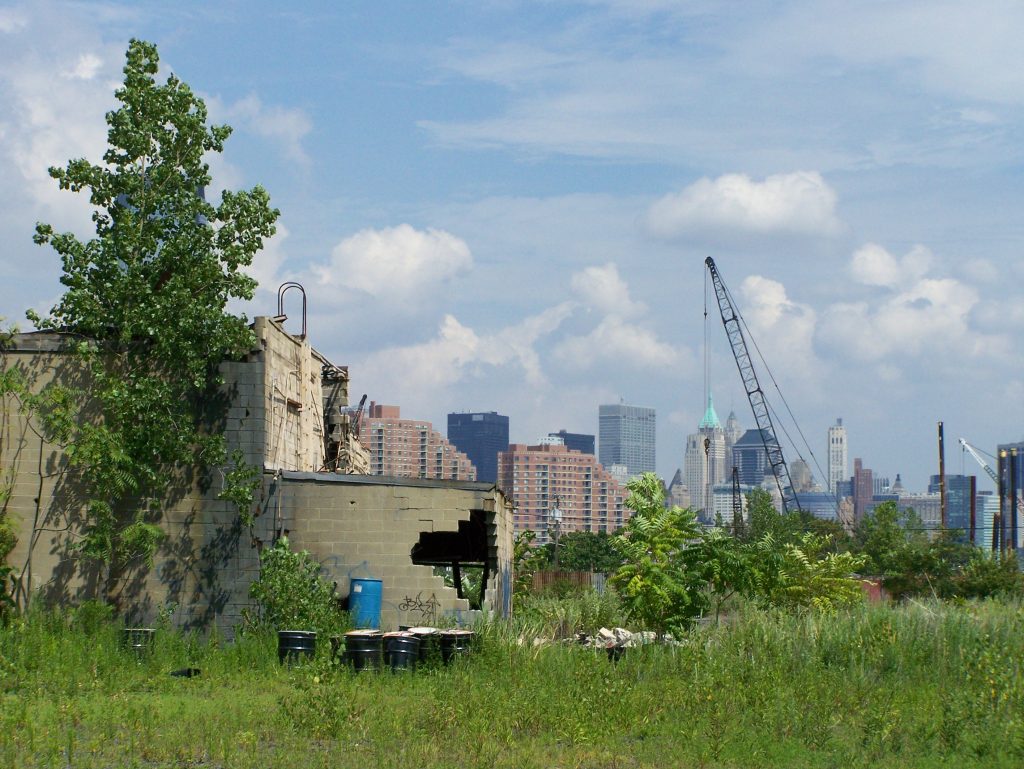 You have probably been seeing the term “Opportunity Zones” all over the place, in your communities, in grant applications, newsletters, everywhere. The new “zones” have become a lens for how projects are evaluated at the federal level. The US Treasury released new regulations that addressed many of the concerns that were raised about the program’s inclusion of brownfield sites. The US Treasury defines “brownfield site” as “real property, the expansion, redevelopment, or reuse of which may be complicated by the presence or potential presence of a hazardous substance, pollutant, or contaminant.”
You have probably been seeing the term “Opportunity Zones” all over the place, in your communities, in grant applications, newsletters, everywhere. The new “zones” have become a lens for how projects are evaluated at the federal level. The US Treasury released new regulations that addressed many of the concerns that were raised about the program’s inclusion of brownfield sites. The US Treasury defines “brownfield site” as “real property, the expansion, redevelopment, or reuse of which may be complicated by the presence or potential presence of a hazardous substance, pollutant, or contaminant.”
Background
The Opportunity Zone Program was created through the Tax Cuts and Jobs Act in 2017. The goal of the program is to “create sustained economic growth in communities that have been left behind” by offering tax incentives for investment to simulate long-term private sector investment.
More than 8,700 tracts have been certified as Opportunity Zones in June 2018. There are Opportunity Zones in all 50 states in the US, the District of Columbia, and five US possessions. All of Puerto Rico falls into an Opportunity Zone.
Regulations and Brownfields
When the law initially went into effect there was a considerable amount of uncertainty about how brownfield sites would fare considering that they had additional permitting and cleanup phases that needed to be built into the tight program timeline. The new regulations that the US Treasury released at the end of last year addressed several concerns that the EPA and other community advocates expressed.
- Vacant Land: Local governments have brownfield sites and other blighted properties through tax delinquency, abandonment, and bankruptcy, with varying historic uses. The definitions of vacant site varies by state. The regulations clarify that property is considered to be in a state of vacancy if the property is “significantly unused.” A building or land is considered “significantly unused” under the final regulations if more than 80% of the building or land is not used, as measured by the square footage of useable space.
- Original Use: The final regulations clarified that “all real property composing a brownfield site, including land and structures located thereon,” will be treated by the IRS as satisfying the “original use” test requirement.
- Substantial Improvements: Site assessment and remediation are now considered eligible costs for substantial improvement.
- Extensions: The program required substantial improvements had to be completed within 30 months. The program now allows for the 30-month period to be extended for duration equal to the permitting delay if no other action could be taken to improve the tangible property or complete the project during the permitting process.


